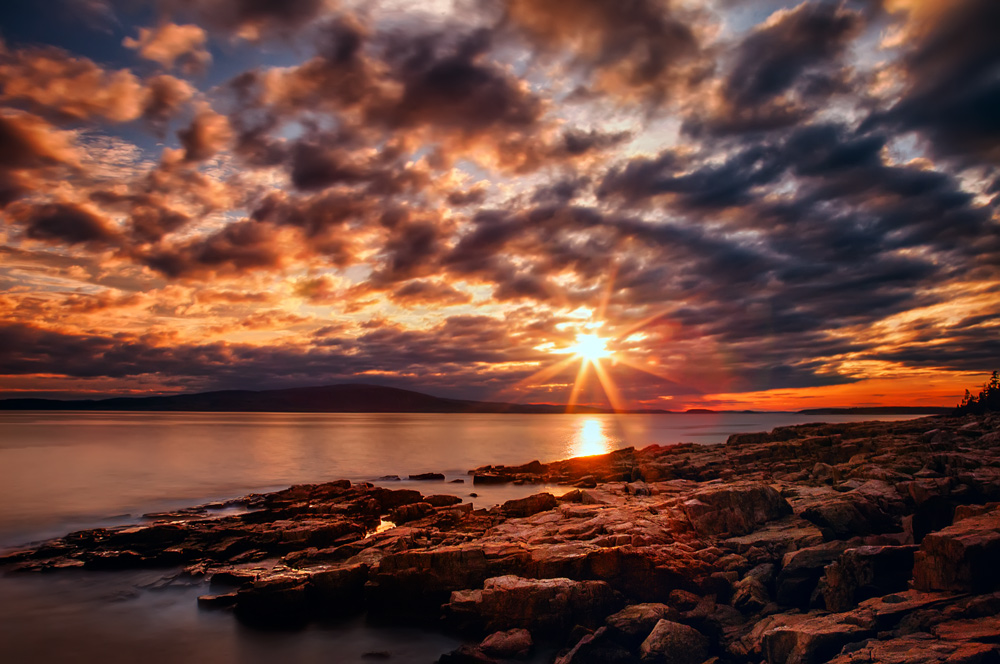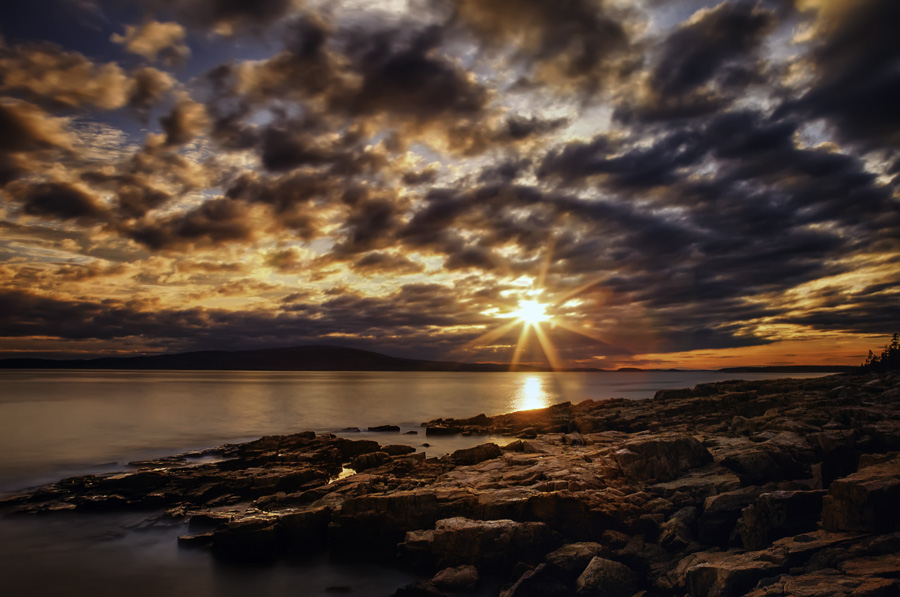
You may have heard that dawn and dusk are the best times for photography. And that’s true. The best lighting is almost always to be found at these times. In fact, many outdoor photographers simply put their cameras way between about 9:00 am and 5:00 pm. So step one of “how to get extraordinary lighting” is easy. Shoot at sunrise and sunset whenever possible.
But why are those times the best? And what can you do to maximize the impact of those times? I’ll take a look at these questions in the remainder of this article.
Why sunrise and sunset are the best times to photograph
Let’s take the first question first. Why are sunrise and sunset the best times for photography? There are essentially three reasons:
1. Your camera works better.
Your camera operates better at sunrise and sunset. No, I do not mean that the controls on your camera operate any differently. But one of the greatest challenges in outdoor photography is dealing with the limited dynamic range of your camera (that means that your camera can only handle a limited difference in brightness values). When you shoot in the middle of the day, if you meter on the brightest parts of the view in front of you (like the sky) the camera cannot handle things on the other side of the spectrum and they will appear pitch black. That is why very frequently when you’re sky is metered properly your foreground is black. And when you meter on the darker foreground, while it now looks ok, your sky will now appear pure white or blown out.
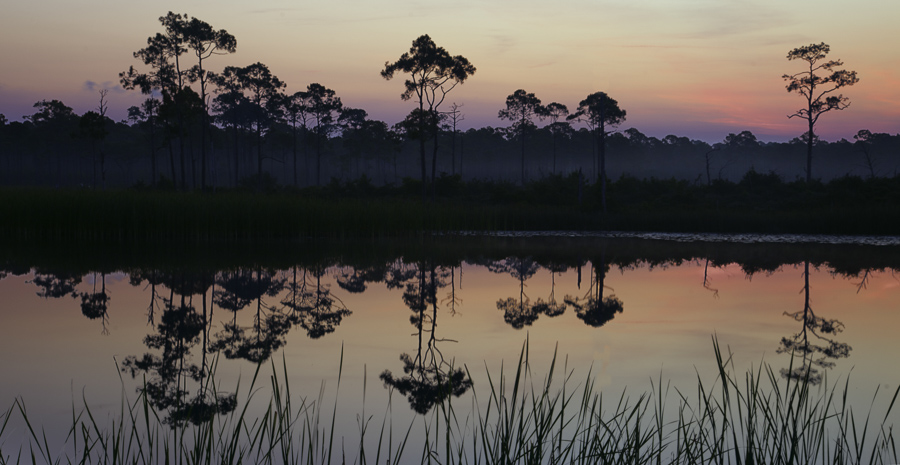
But when you photograph at sunrise or sunset, the sky is not as bright as it is in the middle of the day. That means there is less difference in brightness values between the sky and the foreground. Therefore your camera is better able to handle the dynamic range of the scene in front of you. You can capture the whole scene without blowing out your sky or having a pitch black foreground.
The problem with contrast is also true on a smaller scale. Shooting in the middle of the day often means shadows, and because of the limited dynamic range of your camera, these shadows will often show up as pitch black in your picture. Occasionally you want this, and can work with shadow as an element of your composition. But mostly they are to be avoided.
This problem with contrast is not only true for things like landscapes and seascapes. It is also true for portraits and any other type of photography where harsh shadows would interfere with your picture. Since the sun is not fully up and sunrise or sunset, there are no harsh shadows.
2. Your viewer will find the scene more interesting
People are used to walking around and seeing things in the middle of the day. That is normal for them. If you present them with a picture taken in the middle of the day, that is nothing new for your viewer. They may even find it boring.
Conversely, people are not often up at sunrise or sunset. People tend to do this as a novelty. They like it. When you get up at sunrise to photograph, you are playing to that novelty and the interest that people naturally have in that time of day.
3. It is more interesting
It is not just that some people find the sky more interesting at sunrise or sunset, it actually is more interesting. The sky turns interesting and vibrant colors. The sun’s rays interact with the clouds in a way that almost never happens during the middle of the day.

So now you know why sunrise and sunset are the best times for outdoor photography. Let’s move on and talk about some things you can do to make it even more worthwhile for you to be photographing at those times.
How to maximize the lighting when shooting at sunrise or sunset
When talking about maximizing conditions at sunrise and sunset, we are talking necessarily about the sky. The ground is the ground. Your subject is your subject. You already have the benefit of the reduced harshness in the light. The variable is the sky.
First I will talk about what to look for in your sky. After that, tied to the first topic, I will talk about what to avoid.
What to look for
This may be a little different than what you expect. That is because what most people would consider a “nice day” isn’t usually a nice day for the photographer.
First of all, you need clouds. Clouds add interest to your sky. With out them the sky is boring and actually detracts from your picture.
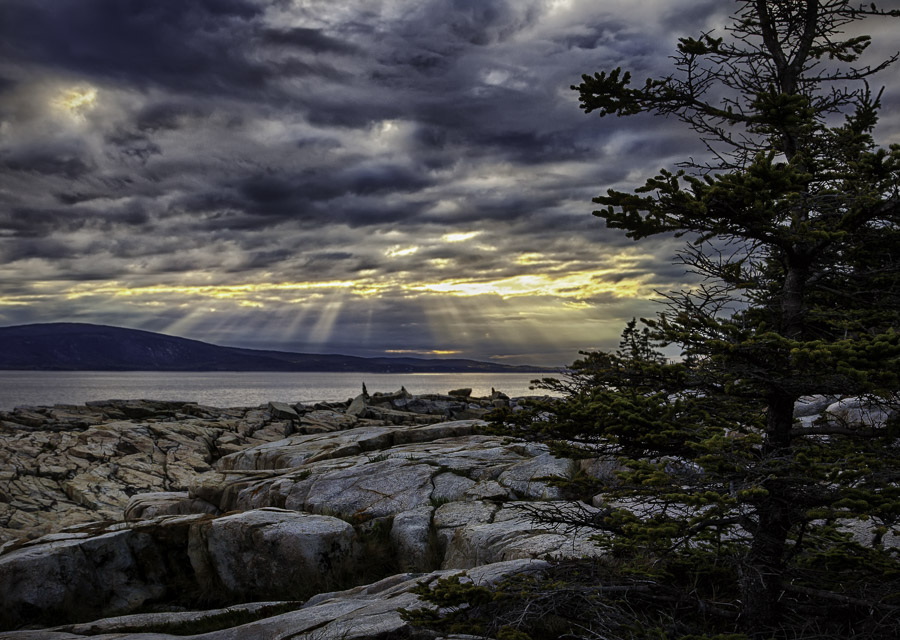
When you see clouds near the horizon at sunset, be sure to look through your viewfinder at that scene. If you have the chance, take a test shot or two, metering on the sky. The camera will pick up things that your eye will not see.
Along those lines, don’t avoid bad weather. The most dramatic pictures frequently involve a storm moving in or clearing out. While others scurry for shelter, get out and take advantage of the drama. This is obviously a hit-or-miss proposition, but when you hit, you strike gold.
Finally, keep in mind that the times before sunrise and after sunset are in play for photography as well. In fact, frequently the half hour before sunrise and after sunset are the absolute best times of day to photograph. The sun is not yet dominating the sky and the contrast is at its lowest. There is a downside in that this time of day will definitely be a low-light situation. But that is why we have tripods.
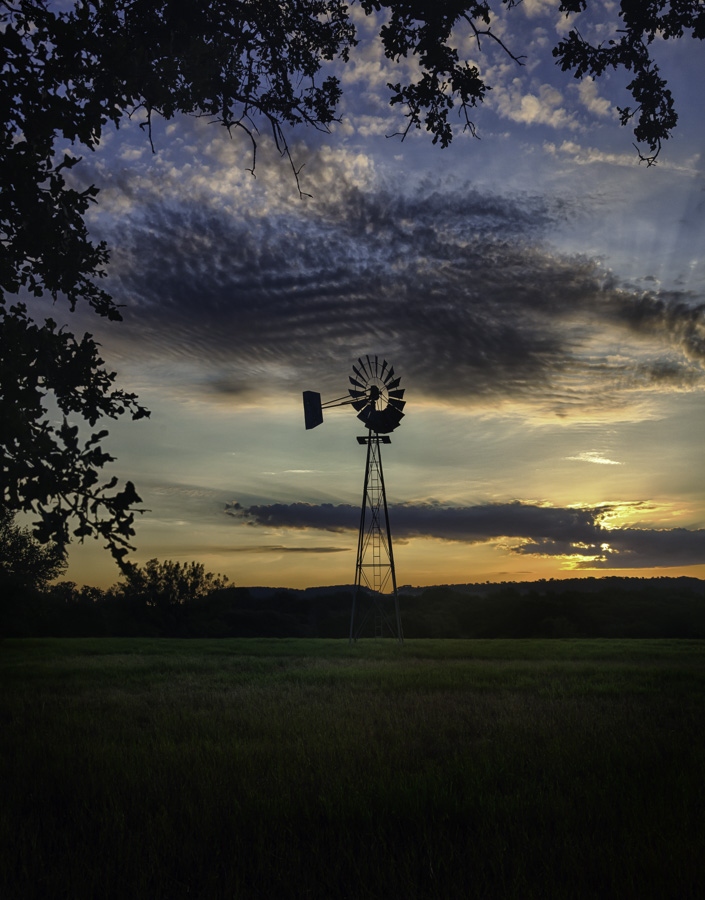
What to avoid
When it comes to the sky and weather, what you will typically want to avoid is the extremes. You don’t want a perfectly clear sky. And you don’t want grey misty days.
Your main enemy is a clear sky. In coastal regions this might not be as common of a problem, but in inland areas it can be a constant struggle. If you have a clear sky, you are better off not including any sky in your picture. In that case, try to frame your photo so that no sky is included in your picture. Find a center of interest on the ground and work around it.
While having clouds in the sky is nice, you don’t want this to go to far. A grey misty day is a killer for photography. You can occasionally use the mist to your advantage by having a vanishing point to your picture. That can add an aura of mystery to it. But honestly, it is most often just a problem that is very difficult to work around.

Conclusion
If you want to take your photography to the next level, the number one thing you can do is start shooting a dawn and dusk. No, it isn’t convenient. I know, it is hard to get up that early in the morning. But that is where the good light is. When I look at portfolios of budding photographers, my first comment is often that they need to start getting up earlier.
It is hard to overstate the importance of this subject. In fact, there are many photographers who will tell you to spend your time chasing the light, and not worry so much about location. I don’t necessarily subscribe to this philosophy, but it does show the importance of good light.
So, it is difficult, but if you want to take better pictures, photographing at sunrise and sunset, and using these tips to maximize those times, is crucial to getting you there.

